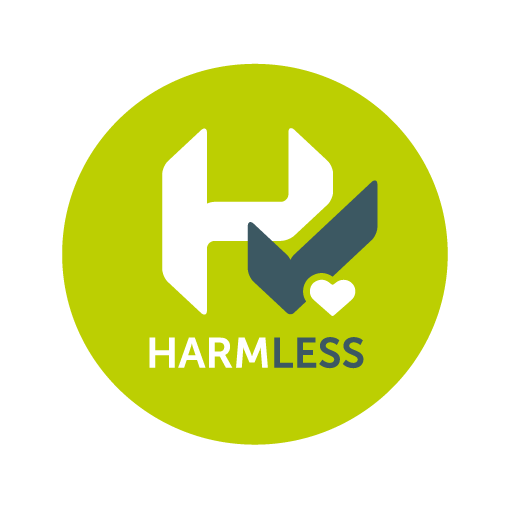
Fire Safety for Work, Life and Leisure
Share
General Fire Safety
 Whether you are at work, at home or out in the great outdoors there are some simple but effective fire safety tips that can be implemented pretty much wherever you are:
Whether you are at work, at home or out in the great outdoors there are some simple but effective fire safety tips that can be implemented pretty much wherever you are:
- Install smoke alarms in buildings and check they work on a regular basis – these have been proven to be the most effective way to detect a fire early. Please Note: If your building is a workplace and/or apartment building the landlord may need to implement an approved evacuation scheme instead.
- Have a fire escape plan in place and ensure it has been communicated to everyone using your building/home.
- If you are using a commercial building, conduct an evacuation drill at least every 6 months and include all the occupants to ensure everyone knows where the emergency exits and assembly points are located
- Unplug electrical appliances when not in use
- Keep candles at least 30cm away from any flammable surfaces like curtains, clothes, blankets, pictures, kindling and furniture. Candles are a very common fire safety issue.
- If there is a fire, move a safe distance away from it as soon as possible. The longer you leave it the more at risk you become. If you can’t put the fire out straight away, get as far away from the fire as possible and call 111 for emergency assistance.
- Do not light fires outdoors if there is a high fire danger
- Keep a fire extinguisher in an accessible location in the kitchen and any other areas that contain a heat source and know how to use it before you need to use it
- Keep a fire blanket in an accessible location. Fire blankets are very effective because they can be used to smother the fire and starve it of oxygen. They can also be used to wrap around a person to smother burning clothes making them a must have for any kitchen.
- Keep some burn gel in your first aid kit to cater for minor burns – our burn gel is soothing and cooling and easy to clean should the burn require medical treatment.
- If you have a hot compost, ensure it is kept a safe distance away from flammable materials and that there is a fire break between the compost and any potentially flammable vegetation.
- If you live in a fire prone area, keep gutters clear of vegetation, clean up branches and fallen leaves, know when to leave, and have a fire plan in place if you intend to stay and fight the fire.
- Crawl low and under the smoke level if you are caught in a fire – the lower you go, the cleaner the air will be
- Keep emergency exits and walkways clear of clutter
- If you catch on fire, stop, drop and roll. DON’T RUN. Cover your face with your hands and smother the fire. Call 111 for help.
Fire Safety in the Workplace

- Know where your fire prone areas are located. This is anywhere with a heat or spark source e.g. welders, grinders, soldering irons, kitchen toasters
- Don’t overload electrical outlets and circuits
- Don’t use damaged electrical cords
- Only use qualified tradespeople for electrical work
- For non-standard work, use hot work permits to ensure all potential sparks and flames have been extinguished before finishing the job
- Store flammable materials in accordance with the manufacturers recommendations and keep an inventory of your hazardous substances
- Ensure electrical appliances are tagged and tested in accordance with AS/NZS3760
Fire Safety in the Kitchen

Around 2/3rds of fires start in the kitchen so it is important to know how to prevent fires in this area.
- Limit distractions – one of the main causes of fires in the kitchen is forgetting that something is cooking. If you are cooking, don’t leave the kitchen unattended.
- Keep flammable materials away from sources of heat – wooden spoons, tea towels, aprons, cutting boards can all be potential sources for ignition if left too close to a heat source
- Turn off heat sources when not in use – it can be too easy to forget a heat source is on, so get into the habit of turning them off as soon as you are about to walk away from them.
